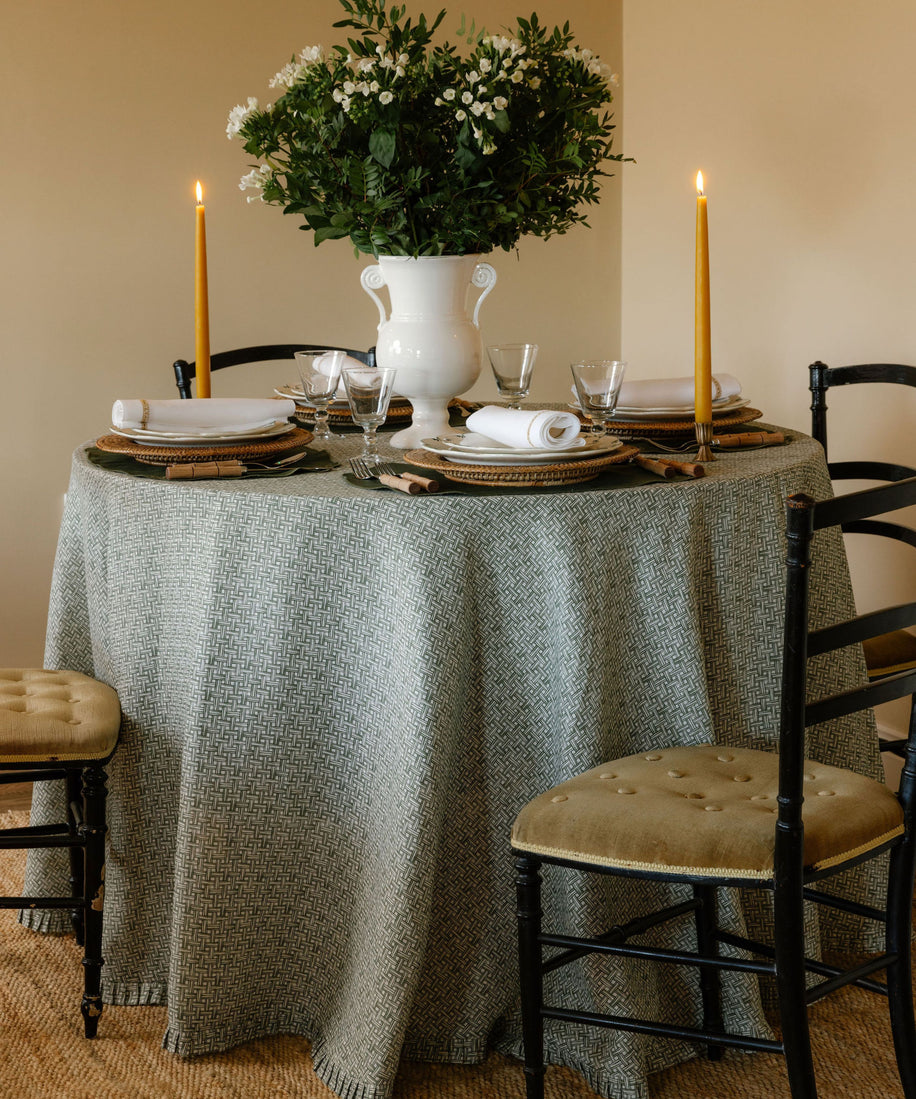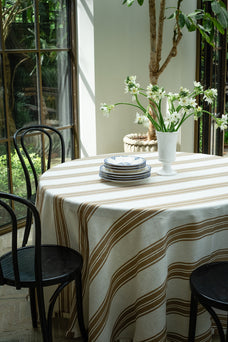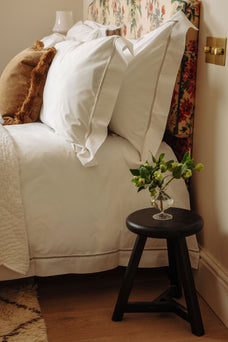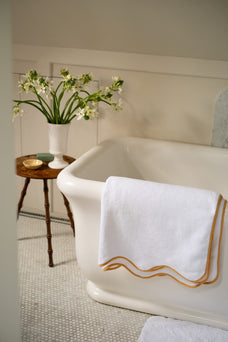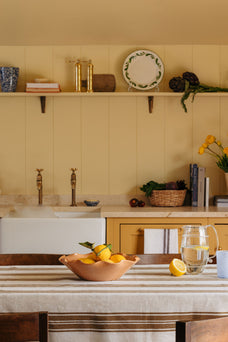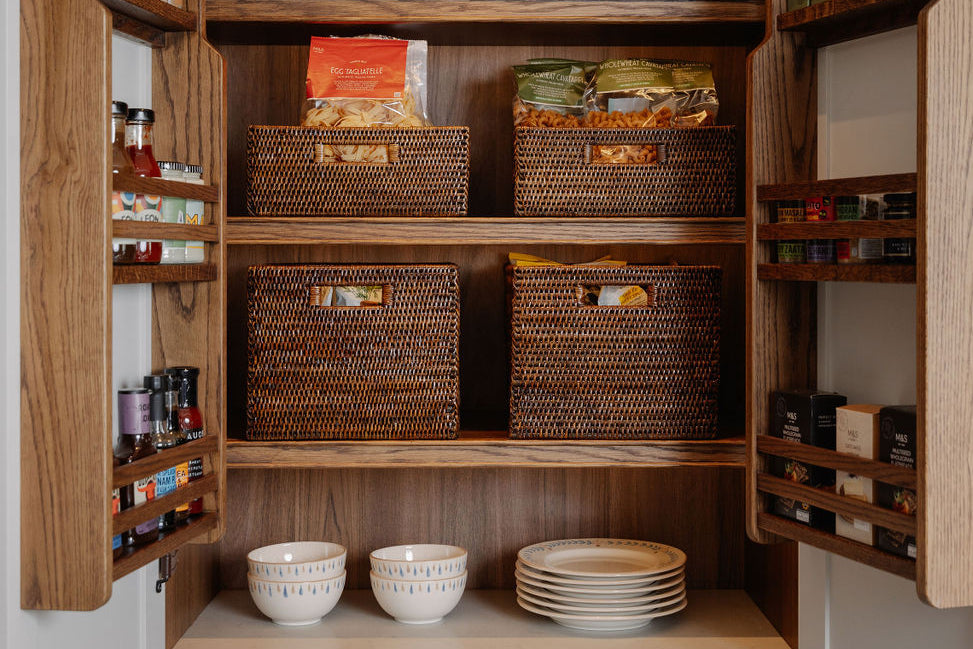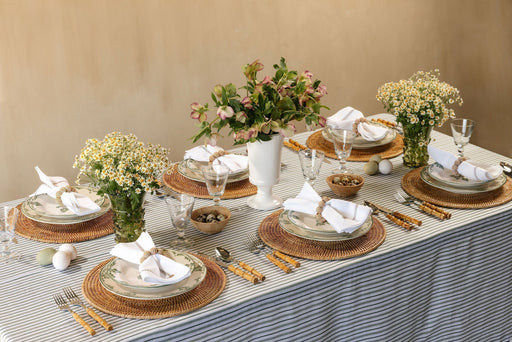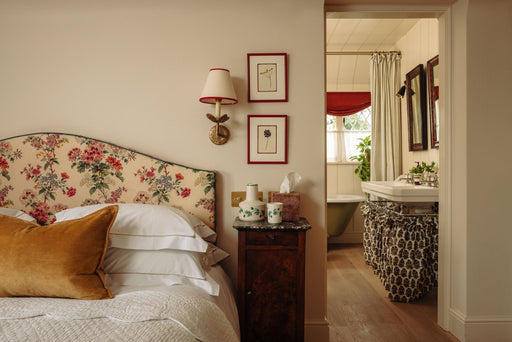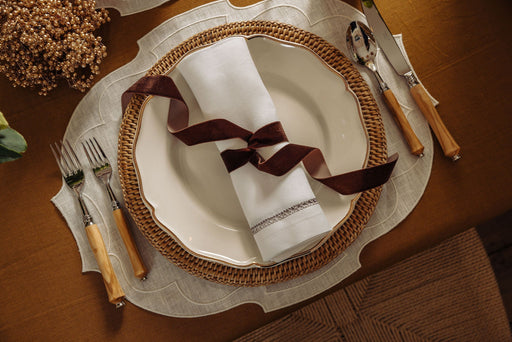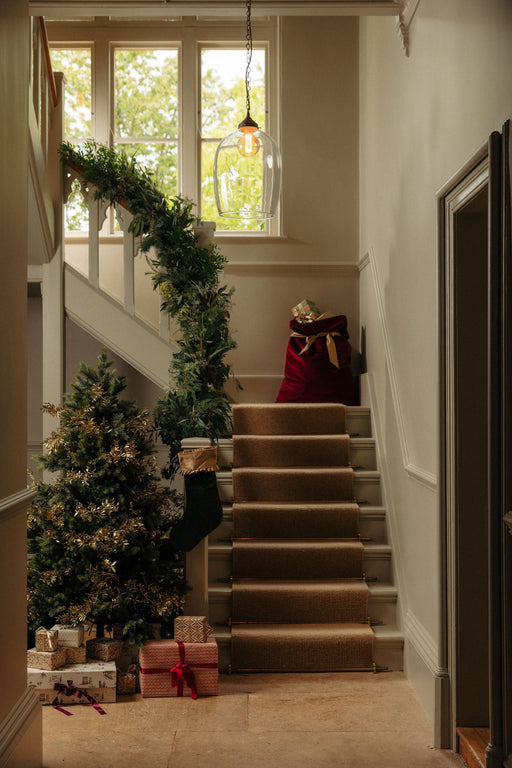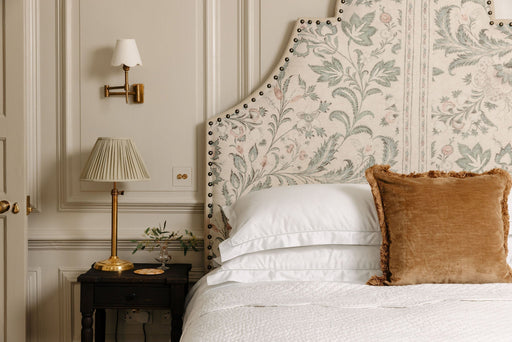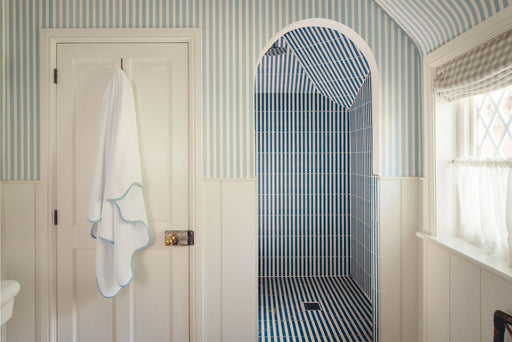Like many, the start of the new year always inspires me to organise my home. We're likely to have acquired new pieces over Christmas, and when you’re finding homes for these items it makes sense to have a sort out, clearing forgotten cupboards and passing on things that no longer spark joy. Even without a clear out, there's something incredibly satisfying about starting a new year with an organised home.
Every January I go through the cupboards and drawers in my home that are prone to clutter and disorganisation - the "bits and bobs" drawer in the kitchen; my wardrobe, and the linen cupboard are usually the worst culprits!
I'm moving house in a few weeks, so this year I've been more thorough than usual. We've really emphasised storage in the new house, as we don't have enough in our current home and we've realised just how vital it is to have smart storage that suits how you live. I've been mulling over the best way to organise and categorise to ensure everything is kept tidy, even when we are really busy. We are fortunate to have some dedicated storage areas that I recognise are a total luxury, such as a pantry and utility room, however I feel strongly that if you don't have dedicated areas like these, they can be replicated well with clever furniture and smart planning.
Some serious pantry inspiration below from Humphrey Munson.

The areas that I hit first are where I keep some of my most beloved and treasured items - the pantry (or food cupboard, at the moment), my linen cupboard and tableware area. For me, these are the most enjoyable and therefore the least daunting to tackle first!
If you’re planning a little reorganisation of your own, here are some tips I find helpful, with an emphasis on these three places in particular.
The Pantry
In the absence of a pantry, deep food cupboards can still be smartly organised. A freestanding larder cupboard can also be a great addition.
1. Co-ordinate your containers and labelling style (label size, font, etc) where you can, for a smart finish. If you're not starting afresh with new containers and have a mixed collection, try pairing similar style containers together for a 'category'. For example, store all nuts in similar style jars as they will sit nicely together on your shelf. I personally prefer to add labels to the bottom of jars as I'm familiar enough with what is in my cupboard, and I can then update labels easily with best before dates (that I add in pencil) without worrying about how neat it looks. It also avoids trying to ensure labels are at the same height or perfectly straight. The example below from Maison Haven perfectly demonstrates this.

3. Sort by category like in a supermarket: dry goods, baking, snacks etc. If you have a cupboard with deep shelves, I favour one row per category, with the most used item per category at the front (caster sugar at the front, muscovado at the back!). This will help prevent having more than one of an item open and helps to find what you’re looking for faster.
4. If you have deep shelves and are organising lower height items like cans, you can use a shelf insert to raise items at the back, making it easy to see everything at a quick glance.
6. Save vintage jars and ceramic cheese pots that you tend to get at Christmas. They can evoke memories and add character, and can be useful for storing anything that you would prefer to keep out of sight (possibly biscuits or dog treats).
7. I have a weakness for pretty items that you use daily - they bring me joy and are therefore anything but pointless as some might feel! I really recommend Esmie’s silk wrapped tea containers. They have a plastic seal to keep them fully air-tight and are indulgent, which feels apt when making a cup of tea. We should absolutely make life's rituals more enjoyable.
The Linen Cupboard
1. Our new RU linen dust bags are great for keeping linen tea towels, bed linen or napkin sets contained together. Alternatively, pillowcases work well for storing bed linen and you could tie non-dyed ribbon around napkin sets, slipping them out as you need; as demonstrated by Martha Stewart, below.

2. Linen should be well ventilated when stored. I don't recommend storing your linen inside plastic bags or containers as it can cause yellowing over time.
3. Adding a label to the shelf of your linen cupboard for each bedroom means everything is easily kept in the right place, regardless of who puts them away. If you have chest of drawers or large bedside tables in a guest bedroom that are typically unused, spare linens for the respective room are great stored here, too. Under bed drawers are also an obvious option, but can be challenging if you have a valance.
4. Tablecloths are great stored hung over the straight of a wooden hanger to prevent creases, reduce strain on the folds and to quickly see your collection at a glance. Be mindful that tablecloths are heavy, and storing them flat with multiple cloths on top can cause excess weight on the creases of the bottom tablecloths, weakening the fibres.
6. Similar to a wardrobe, my very seasonal linens will be rotated to the bottom, or most hard to reach area. You could also pack them away in a breathable container and move them to a different area of your house, if you are short on space. A good point to note is that linen is moth resistant, unlike cotton.
Tableware
1. I like to keep particularly pretty, tall and colourful items, such as glassware, bowls, serving dishes and jugs in an antique glass cabinet. They are decorative in their own right, with some individual pieces of art in themselves (Murano glass especially). These items make the kitchen feel homely and lived in, but not cluttered.
2. A cabinet with a glass top and enclosed cupboards beneath is perfect for both kitchen and dining rooms, allowing you to store away table linens while displaying your best glassware above. Alternatively, store away your table linens inside rattan boxes while keeping items such as rattan chargers and ceramic bowls out on display.

3. Keep smaller items such as napkin rings, coasters, candles and votives stored away in sets so you can easily find them. As with spices, small containers can help here to keep things contained. Alternatively, dust bags for storing sets of napkin rings together works really well.
4. Store candles flat arranged by colour or season, placed inside A4 paper boxes that can be stacked. If you have a place for an old architect plan's drawer or a similar chest of drawers with multiple low height drawers, these work very well. For a more cost effective option, Ikea does a white drawer unit with shallow drawers that is great for tableware, possibly to place in an under-stairs cupboard or garage.
Explore our table favourites here.
Do you have any tips? Feel free to comment below with any suggestions.
Discover our home storage solutions, including rattan storage baskets.
Discover our brown & tortoiseshell Inspired collection.

